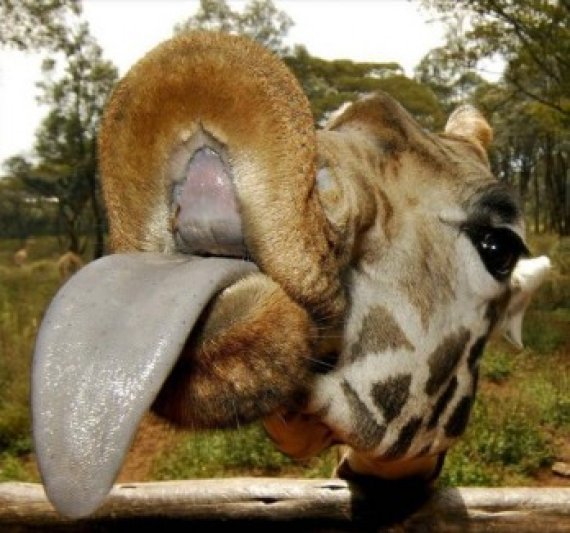Ecologist Fred de Boer (Resource Ecology Group) and his co-authors have proven this in an article in Acta Zoologica. The same applies to the elephant’s trunk and the large lips of some herbivores. Ecologists are trying to understand the spatial distribution of animals. Why do some species live in a certain density in a certain place? ‘You can only understand this if you know how much food there is, what quality it is and how much an animal needs,’ explains De Boer. ‘For grazers, we have a good level of knowledge. But for browsers like elephants and giraffes our understanding is still almost zero. We don’t know exactly how much food browsers eat with each mouthful and what the quality of that mouthful is. Yet these animals, such as elephants, have a huge effect on the eco-system.’
Thanks to classical observation and measurements, De Boer and his colleagues now know a whole lot more. The eating habits and the mouthful size of eighteen types of browser in the wild on the South African savanna was accurately measured. The information gained was then related to morphological characteristics of the animals, such as skull dimensions, jaw length and the width of their incisors. And, what’s more, the length of the tongue and lips.
The larger an animal, the more it must eat. This law of nature evidently applies equally to large herbivores. The weight per mouthful of food seems proportional to the weight of the animals being studied. But to get this good-sized mouthful, the giraffe needs his long tongue. Because without it, the volume of his mouth is too small to ‘keep pace with’ the law of nature. Thus, as an extension of the mouth, the tongue is essential. The same applies to the elephant’s trunk. The increased volume of the mouth acquired with the aid of the tongue compensates, thinks De Boer, for the lesser quality and the reduced availability of food for large herbivores on the savanna. This is because these animals eat the indigestible stalks along with the leaves. Given this, they need a greater volume of food to get a particular nutritional value.

